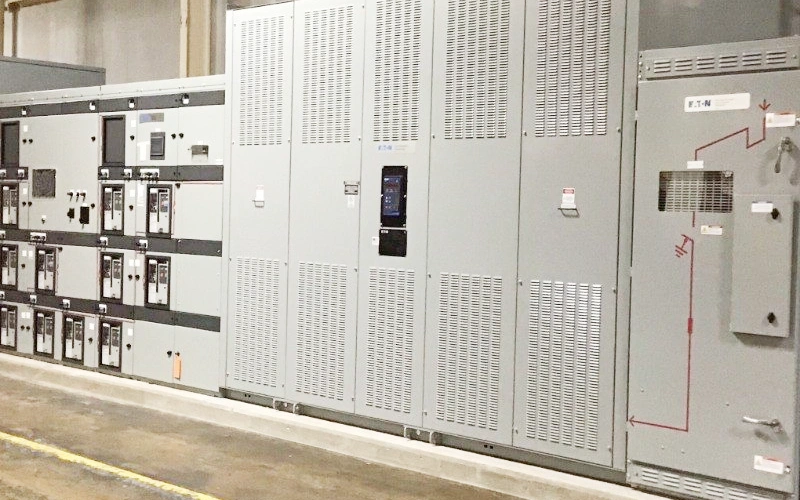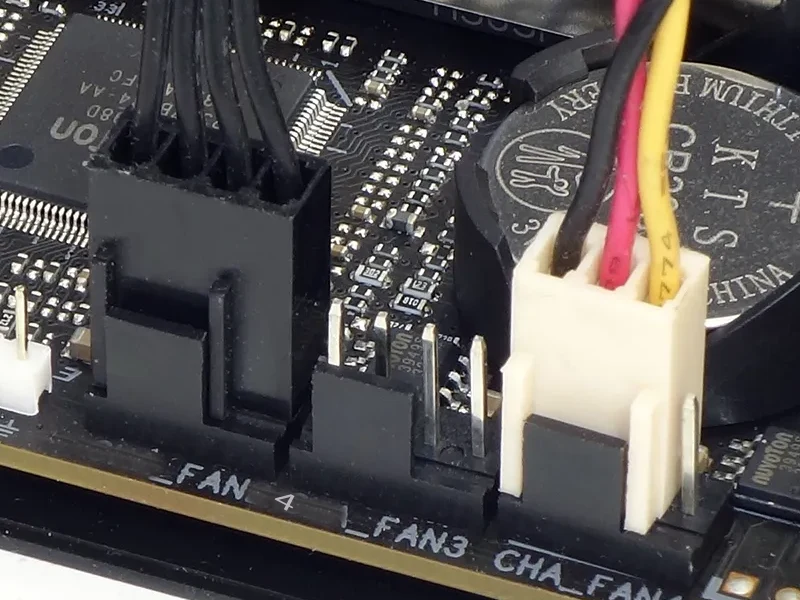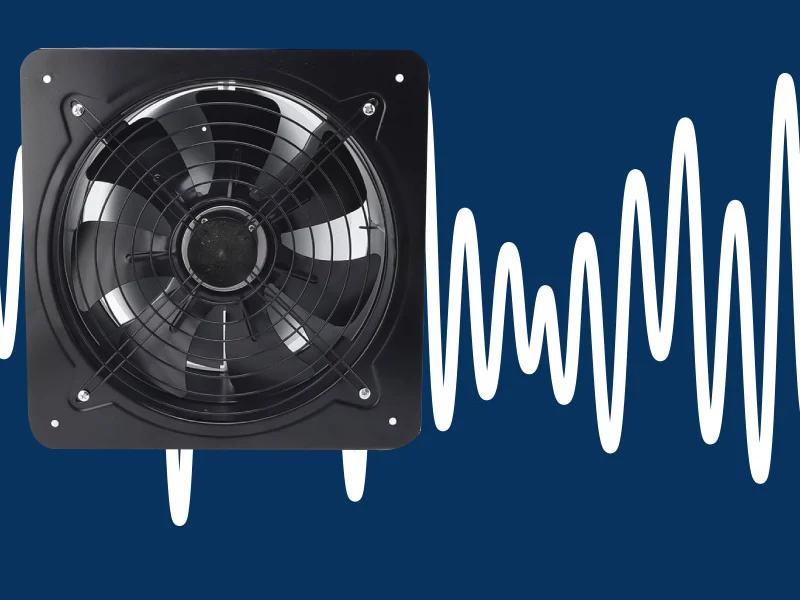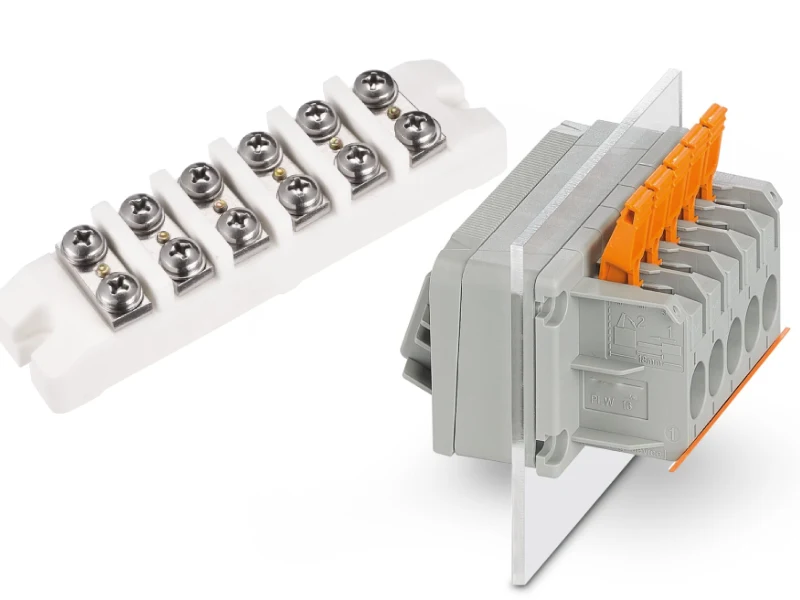When you work with electricity—whether in a factory, a commercial building, or a utility project—you need more than just wires and breakers. You need a system that protects your equipment, your people, and your operations. That system is called switchgear.
Switchgear is one of the most important elements of modern power distribution. Without it, you risk outages, equipment failures, or even life-threatening accidents. You may not always notice switchgear, but it is there—safeguarding every electrical network you rely on.
In this guide, you’ll discover everything you need to know about switchgear. You’ll learn what it is, how it works, the types available, where you should use it, and how to maintain it for long-term reliability. By the end, you’ll be able to make confident decisions when it comes to choosing, operating, and investing in the right switchgear for your needs.
What is Switchgear?

At its core, switchgear is a general term that describes a collection of devices used to control, protect, and isolate electrical equipment. If you look inside a power distribution room, a substation, or a large industrial enclosure, you’ll see rows of cabinets or panels—these are switchgear assemblies.
Switchgear’s main job is to make sure electrical power flows safely and reliably. When everything is running smoothly, it distributes electricity to different circuits. But when something goes wrong—such as a short circuit or overload—switchgear immediately acts. It cuts off the faulty part of the system so the rest of your operations continue running without damage.
The functions of switchgear can be grouped into three roles:
- Protection – Preventing damage to equipment and ensuring operator safety.
- Control – Allowing you to turn power on and off as needed.
- Isolation – Separating circuits for maintenance or fault clearance.
If you manage electrical infrastructure, you rely on switchgear even if you don’t think about it daily. It is the silent guardian that ensures your system works as intended. Without it, every surge, fault, or overload would risk catastrophic failure.
Key Components of Switchgear
When you explore switchgear in detail, you’ll see that it isn’t just one device. Instead, it’s a combination of several components, each with a specific role. Understanding these parts helps you appreciate why switchgear is so critical.
Circuit Breakers
Circuit breakers are the heart of any switchgear assembly. They automatically trip when they detect abnormal current levels. Unlike simple fuses, breakers can be reset and reused. You use them to protect your equipment and prevent fires.
Disconnect Switches (Isolators)
When you need to perform maintenance, you can’t work on live circuits. Disconnect switches let you safely isolate parts of your system. They don’t interrupt current during faults but give you visible assurance that a circuit is open.
Relays and Protection Devices
Relays act as the intelligence behind your switchgear. They sense abnormal conditions—like overcurrent, undervoltage, or frequency deviations—and send signals to breakers to act. With digital protective relays, you gain even more control and monitoring.
Busbars
Busbars are conductive metal strips or bars that distribute power inside the switchgear. They act like highways for electricity, carrying large amounts of current to different outgoing circuits. The quality and design of busbars directly impact your system’s reliability.
Instrument Transformers
You need accurate measurements for monitoring and protection. Current transformers (CTs) and potential transformers (PTs) reduce high voltages and currents to safe levels, so meters and relays can analyze them without risk.
Enclosures and Insulation
The metal or insulated enclosures of switchgear protect components from dust, water, and accidental contact. In outdoor installations, weatherproof enclosures are critical. Insulation, whether air, gas, or solid dielectric, prevents arcing and ensures safe separation of live parts.
Auxiliary Equipment
Other components include control panels, indicators, earthing switches, and monitoring systems. Together, these give you a complete and safe power management solution.
When all these parts work together, switchgear gives you confidence. You know your power distribution is safe, controlled, and reliable.
Types of Switchgear
When you’re selecting switchgear, you’ll quickly realize there isn’t just one kind. The type you need depends on voltage level, application, and installation environment. Understanding the different categories will help you make the right choice.
High Voltage Switchgear
High voltage (HV) switchgear is designed for systems above 36 kV. You’ll typically encounter it in utility substations, transmission networks, and very large industrial facilities. HV switchgear must handle enormous fault currents and provide maximum reliability because even a small failure can cause widespread blackouts.
- Common features: advanced insulation systems (often SF₆ gas), automated control, and strong arc-quenching ability.
- Where you use it: power generation plants, grid transmission lines, large-scale renewable energy projects.
Medium Voltage Switchgear
Medium voltage (MV) switchgear operates between 1 kV and 36 kV. This is the range most industrial plants, commercial complexes, and data centers rely on.
- Why it matters to you: MV switchgear balances performance and cost. It protects your transformers, motors, and large distribution feeders.
- Common types: air-insulated switchgear (AIS) and gas-insulated switchgear (GIS).
Low Voltage Switchgear
Low voltage (LV) switchgear covers systems up to 1 kV. You use it in factories, office buildings, hospitals, and shopping centers. LV switchgear protects final distribution circuits—those that directly power your machinery, HVAC systems, and lighting.
- Typical devices: molded case circuit breakers (MCCBs), air circuit breakers (ACBs), and contactors.
- Why you need it: it ensures safe and efficient control of everyday operations.
Indoor vs. Outdoor Switchgear
- Indoor switchgear is enclosed within buildings, protected from environmental factors. You choose it when space is controlled and climate is stable.
- Outdoor switchgear is weatherproof, often with robust enclosures and insulation. You choose it when your site doesn’t have space indoors or when your network requires open-air substations.
Air-Insulated vs. Gas-Insulated vs. Hybrid
- Air-Insulated Switchgear (AIS): Uses air as the primary dielectric medium. It’s cost-effective and simple but requires more space.
- Gas-Insulated Switchgear (GIS): Compact, sealed units using SF₆ or eco-friendly gases. You benefit from space savings, high reliability, and low maintenance.
- Hybrid Switchgear: Combines air and gas insulation, giving you flexibility for medium-to-high voltage systems.
When you understand these types, you can match the right switchgear to your project’s technical and financial requirements.
How Switchgear Works
To truly appreciate switchgear, you need to see how it behaves in real time.
Imagine you’re running an industrial plant. Your machines are drawing power, lights are on, and everything is operating smoothly. Suddenly, one motor develops a fault—it draws excessive current. Without protection, this overload could melt conductors, damage equipment, or trigger a fire.
Here’s how switchgear responds step by step:
- Fault Detection: Sensors like current transformers measure abnormal current. Protective relays analyze the data and decide if there’s a problem.
- Signal Transmission: Once a fault is confirmed, the relay sends a trip signal to the circuit breaker.
- Fault Interruption: The breaker instantly opens, cutting power to the faulty circuit. Arc-quenching technology ensures the interruption happens safely.
- System Continuity: Only the affected section is isolated. The rest of your plant continues running, so downtime is minimized.
- Maintenance and Reset: After repair, you or your technicians can safely reclose the breaker and restore power.
In essence, switchgear acts like a guardian. It watches every circuit, ready to act in milliseconds when something goes wrong. Without it, your operations would be exposed to unpredictable and dangerous failures.
Applications of Switchgear
You may not notice switchgear every day, but you’ll find it in nearly every sector that relies on electricity. Let’s look at where you would use it.
Industrial Plants
In manufacturing, switchgear protects heavy-duty motors, conveyors, and process equipment. You rely on it to ensure production never stops due to electrical faults.
Data Centers
Your servers and cooling systems can’t afford even a second of downtime. Switchgear ensures uninterrupted operation by isolating faults quickly and maintaining redundancy.
Renewable Energy
Whether you manage solar farms or wind projects, switchgear integrates renewable sources into the grid. It helps handle variable power flows and protects inverters and transformers.
Utilities and Substations
Every time you switch on a light, a utility company’s switchgear plays a role. It regulates power transmission and distribution across entire cities.
Commercial Buildings
Shopping malls, hospitals, universities, and airports all depend on low and medium voltage switchgear. It ensures reliable operation of elevators, HVAC, and life-safety systems.
Wherever you need safe, reliable electricity, you’ll find switchgear at work in the background.
Benefits of Using Switchgear
When you invest in switchgear, you aren’t just buying equipment—you’re securing safety, reliability, and peace of mind. Here are the main benefits you gain:
- Safety for People and Equipment
Switchgear prevents dangerous conditions such as short circuits, arc flashes, and overloads. It isolates faults quickly, protecting both your workforce and your assets. - Continuous Operation
Because switchgear isolates only the faulty section, your remaining system stays online. That means fewer interruptions, less downtime, and higher productivity. - System Efficiency
Switchgear allows you to control, monitor, and optimize power flow. You get better use of your energy resources, reducing waste and unnecessary costs. - Scalability
As your business grows, modern switchgear can be expanded or upgraded. You don’t have to redesign your entire system—just add new modules or panels. - Regulatory Compliance
With the right switchgear, you meet international electrical safety standards, ensuring your projects pass inspections and avoid penalties.
In short, switchgear gives you the protection and flexibility you need to run operations without fear of sudden power failures or safety risks.
Maintenance and Best Practices
Like any critical system, switchgear requires proper care. If you ignore maintenance, small issues can grow into costly failures. Here’s how you should approach it:
Regular Inspections
You should schedule periodic checks for loose connections, overheating, and insulation wear. Thermal imaging is a powerful tool to spot hidden hot spots.
Cleaning and Environment Control
Dust, humidity, and corrosive environments shorten equipment life. Always keep enclosures sealed and clean. For outdoor switchgear, ensure weatherproofing remains intact.
Testing of Protection Devices
Relays, breakers, and trip units must be tested regularly to ensure they act when required. Routine functional testing gives you confidence in the system’s response.
Lubrication and Mechanical Care
Moving parts—such as operating mechanisms—need proper lubrication. This prevents mechanical failures when the breaker is called to act.
Training for Personnel
Your team should know how to operate switchgear safely. That includes lockout/tagout procedures, fault isolation steps, and emergency protocols.
By following these practices, you extend the life of your switchgear, minimize downtime, and keep your operations compliant with safety standards.
Switchgear Standards and Certifications
When you select switchgear, you can’t ignore compliance. International and regional standards ensure your equipment is safe and reliable. The most important ones are:
- IEC (International Electrotechnical Commission): Global standards for design, performance, and testing.
- ANSI/IEEE (American Standards): Widely used in North America, focusing on protective relays and performance criteria.
- UL (Underwriters Laboratories): Certification that ensures safe manufacturing and product testing.
- ISO 9001/14001: Quality and environmental management systems for manufacturers.
If your switchgear carries these certifications, you know it has been tested under strict conditions. For you, this means safer projects, fewer liabilities, and easier approval during inspections.
How to Choose the Right Switchgear
The best switchgear for you depends on several factors:
- Voltage and Capacity: Always match your system’s voltage level and maximum load. Oversized or undersized switchgear causes inefficiency and risk.
- Environment: Indoor, outdoor, dusty, or humid conditions require different enclosure ratings.
- Industry Needs: Hospitals may need redundant systems; factories may require motor protection; renewable projects may demand smart integration.
- Total Cost of Ownership: Don’t just consider purchase price—include installation, maintenance, and future scalability.
By weighing these factors, you ensure your investment supports your operations today and scales for tomorrow.
Future Trends in Switchgear
Switchgear is evolving alongside the energy sector. You’ll see several key trends shaping its future:
- Smart Switchgear: Equipped with sensors and IoT, it gives you real-time monitoring and predictive maintenance.
- Digital Protection Relays: Advanced analytics improve fault detection and response times.
- Eco-Friendly Insulation: Alternatives to SF₆ gas are emerging, reducing environmental impact.
- Compact Designs: As space becomes more valuable, manufacturers are producing smaller, more efficient units.
FAQs
What is the main purpose of switchgear?
Switchgear protects your electrical system from faults such as short circuits, overloads, and arc flashes. It allows you to safely control, isolate, and monitor circuits so your operations continue without unnecessary downtime.
How is switchgear different from a switchboard or panelboard?
A switchboard mainly distributes power, while switchgear adds advanced protection and fault-clearing capabilities. If you need only distribution, a switchboard may be enough. But if your system requires reliable fault interruption, switchgear is the safer choice.
How long does switchgear typically last?
With regular inspections and maintenance, switchgear can serve you for 20–30 years. Some high-quality systems last even longer, especially when upgraded with modern relays or digital monitoring.
What are the common types of switchgear?
You’ll find low-voltage, medium-voltage, and high-voltage switchgear. They can be air-insulated, gas-insulated, or hybrid. The type you choose depends on your application, system voltage, and installation environment.
How often should you maintain switchgear?
Most manufacturers recommend yearly inspections. For mission-critical facilities like data centers or hospitals, quarterly checks are best. Always follow the standards in IEC, ANSI, or local codes.
Can old switchgear be upgraded instead of replaced?
Yes. Retrofit solutions let you replace relays, breakers, and monitoring systems while keeping the original enclosure. This saves cost, reduces downtime, and brings your system up to modern safety standards.
What safety risks does switchgear prevent?
Switchgear prevents electric shock, equipment damage, fire hazards, and arc flash incidents. By isolating faults instantly, it protects both your staff and your infrastructure.
Is SF₆ gas used in switchgear dangerous?
SF₆ is an effective insulating gas but has a very high global warming potential. If you choose SF₆ gear, you must follow strict handling and recycling procedures. Eco-friendly alternatives, such as vacuum or new gas mixtures, are becoming available.
Who is qualified to operate switchgear?
Only trained, certified electricians or engineers should operate and maintain switchgear. Untrained handling can lead to arc flash, injury, or equipment damage.
Conclusion
If you manage electrical systems, you can’t ignore switchgear. It is the backbone of safety and reliability in power distribution. Whether you’re protecting motors in a factory, ensuring uptime in a data center, or stabilizing renewable energy, switchgear gives you control and confidence.
By understanding its components, types, applications, and maintenance needs, you’re better prepared to choose the right system for your operations. And when you select certified, properly maintained switchgear, you safeguard not just your equipment, but also your people and your business continuity.
Switchgear may stay behind the scenes, but its impact is front and center. Investing wisely in it today means fewer interruptions, safer workplaces, and a more sustainable future for your operations.




